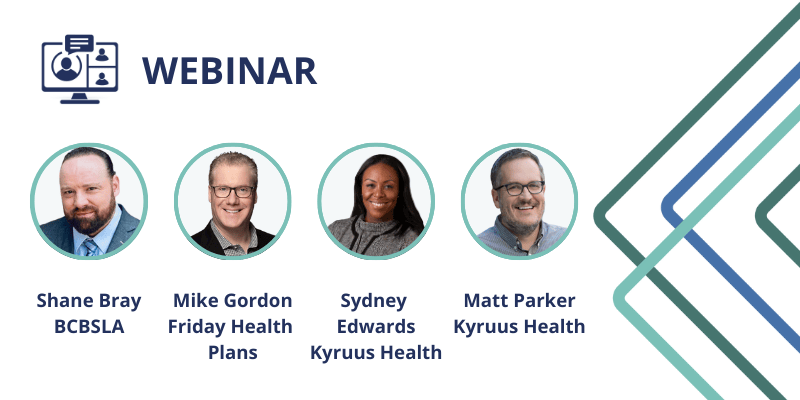
Federal price transparency mandates present both a unique challenge and interesting opportunity for health insurance providers, and compliance deadlines are just around the corner.
This session addresses ways to turn the exercise of compliance into opportunity for value creation and business growth. Attendees will learn about:
- Updates on guidance from the federal agencies related to transparency mandates
- Strategies for complying and exceeding the requirements
- Best practices for capitalizing on mandates to differentiate in market, optimize the member experience, and support other strategic initiatives and key stakeholders
